What Is Honing?- Definition, Process, And Advantages
What Is Honing?
Honing is an abrasive machining process that produces a precision surface on a metal workpiece by scrubbing an abrasive grinding stone or grinding wheel against it along a controlled path. Honing is primarily used to improve the geometric form of a surface, but can also improve the surface finish.
Typical applications are the finishing of cylinders for internal combustion engines, air-bearing spindles, and gears. There are many types of hones, but all consist of one or more abrasive stones that are held under pressure against the surface they are working on.
Other similar processes are lapping and superfinishing.
Definition Of Honing
Honing is defined as the act or process of sharpening something on a hone or whetstone, The precision alignment of the cutting machine’s knife is not affected by the honing of the sharp edge.
The honing process provides the final sizing and creates the desired finish pattern on the interior of tubing or cylinder bores. Finishing is accomplished by expanding abrasive stones of suitable grit and grade against the work surface.
The stones are rotated and reciprocated in the part with hone abrasive under controlled pressure. Combining rotation and reciprocation produces a cross-hatch pattern in the surface of the part being honed.
Why We Need Honing Process?
Honing machines are metal abrading tools and the honing process utilizes hard tooling or honing stones and perishable abrasives stones for the correction of
Diameter
Shape
Surface finish
Positional tolerances of bores
The honing process was developed to allow for the perfection of bore geometry, size control, final surface finish, and surface structuring. Honing process that can provide the final sizing and creates the desired finish pattern on the interior of tubing or cylinder bores.
Finishing is accomplished by expanding abrasive stones of suitable grit and grade against the work surface. The stones are rotated and reciprocated in the part with hone abrasive under controlled pressure. Combining rotation and reciprocation produces a cross-hatch pattern in the surface of the part being honed.
Process Mechanics
Since honing stones look similar to grinding wheels, it is tempting to think of honing as a form of low-stock removal grinding. Instead, it is better to think of it as a self-truing grinding process.
In grinding, the wheel follows a simple path. For example, in plunge grinding a shaft, the wheel moves in towards the axis of the part, grinds it, and then moves back out. Since each slice of the wheel repeatedly contacts the same slice of the workpiece, any inaccuracies in the geometric shape of the grinding wheel will be transferred onto the part.
Therefore, the accuracy of the finished workpiece geometry is limited to the accuracy of the truing dresser. The accuracy becomes even worse as the grinding wheel wears, so truing must occur periodically to reshape it.
The limitation on geometric accuracy is overcome in honing because the honing stone follows a complex path. In-bore honing, for example, the stone moves along two paths simultaneously. The stones are pressed radially outward to enlarge the hole while they simultaneously oscillate axially.
Due to the oscillation, each slice of the honing stones touches a large area of the workpiece. Therefore, imperfections in the honing stone’s profile cannot transfer to the bore. Instead, both the bore and the honing stones conform to the average shape of the honing stones’ motion, which in the case of bore honing is a cylinder.
This averaging effect occurs in all honing processes; both the workpiece and stones erode until they conform to the average shape of the stones’ cutting surface. Since the honing stones tend to erode towards a desired geometric shape, there is no need to true them.
Recommended article:Air-Cooled Screw Condensing Units
How Does an Induction Brazing Machine Work?
What is Common Blow Molding Problems and Solutions?
Factors to Consider for Efficient Double Head CNC Lathe Operations
As a result of the averaging effect, the accuracy of a honed component often exceeds the accuracy of the machine tool that created it.
The path of the stone is not the only difference between grinding and honing machines, they also differ in the stiffness of their construction. Honing machines are much more compliant than grinders. The purpose of grinding is to achieve a tight size tolerance.
To do this, the grinding wheel must be moved to an exact position relative to the workpiece. Therefore, a grinding machine must be very stiff and its axes must move with very high precision.
A honing machine is relatively inaccurate and imperfect. Instead of relying on the accuracy of the machine tool, it relies on the averaging effect between the stone and the workpiece. Compliance is a requirement of a honing machine that is necessary for the averaging effect to occur.
This leads to an obvious difference between the two machines: in a grinder, the stone is rigidly attached to a slide, while in honing the stone is actuated with pneumatic or hydraulic pressure.
High-precision workpieces are usually ground and then honed. Grinding determines the size and honing improves the shape.
The difference between honing and grinding is always the same. Some grinders have complex movements and are self-truing, and some honing machines are equipped with in-process gaging for size control. Many through-feed grinding operations rely on the same averaging effect as honing.
Advantages Of Honing Process
A. Less complex or low-cost fixtures.
B. It is highly accurate.
C. It can be used for both long and short bores.
D. It maintains the original bore centerline.
E. Any material can be finished regardless of its hardness.
F. The workpiece need not be rotated by power, there are no chucks, faceplates, or rotating tables needed, so there are no chucking or locating errors.
G. The hone is driven from a central shaft, so a bending of the shaft cannot cause tapered holes as it does when boring.
H. The result is a truly round hole, with no taper or high or low spots, provided that the previous operations left enough stock so that the hone can clean up all the irregularities.
I. Honing uses a large contact area at a slow speed compared with grinding or fine boring, which uses a small contact area at high speed. Because of the combined rotating and reciprocating motion used, a crosshatched pattern is created which is excellent for holding lubrication. Diameters with 0.001 to 0.0001 inches and closer accuracies can be honed by using diamond stones similar to diamond wheels.
Limitations Of Honing Process
Honing is thought of as a slow process. However, new machines and stones have shortened hone times considerably.
Horizontal honing may create oval holes unless the work is rotated or supported. If the workpiece is thin, even hand pressure may cause a slightly oval hole.
Application Of Honing Process
a. Finishing automobile crankshafts journals
b. Finishing round holes
c. Finishing hollow cylindrical parts
d. Finishing Engine cylinder, bearings, gun barrels, ring gauges, shafts and flange faces, piston pin, automobile crankshaft journals, etc.
What are the materials for lost foam casting?
Why a heat pump is the best pool heating system?
What does a bucking unit do?
Advantages of Mobile Asphalt Plants



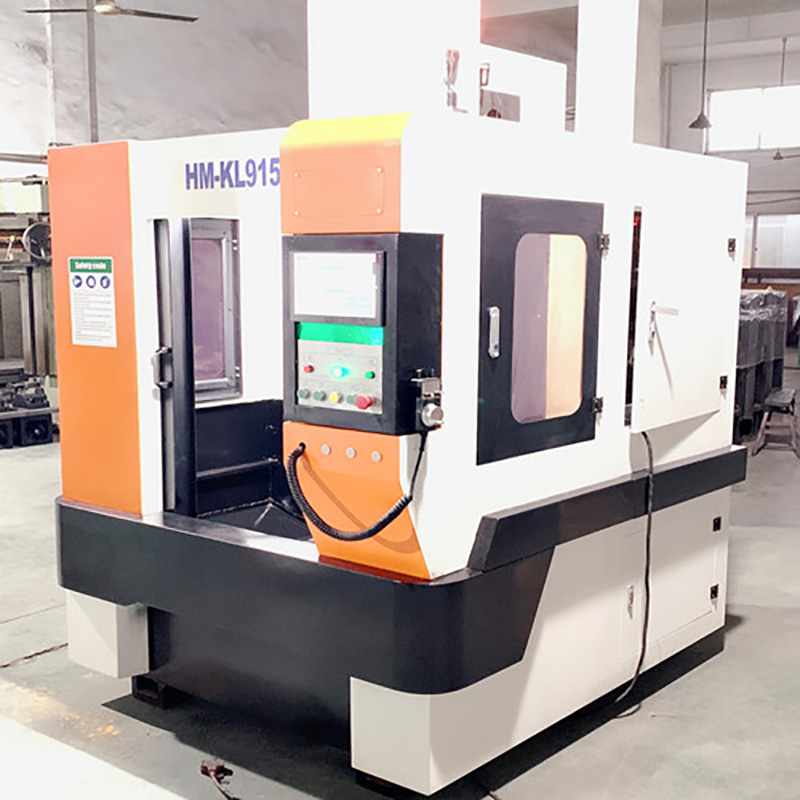
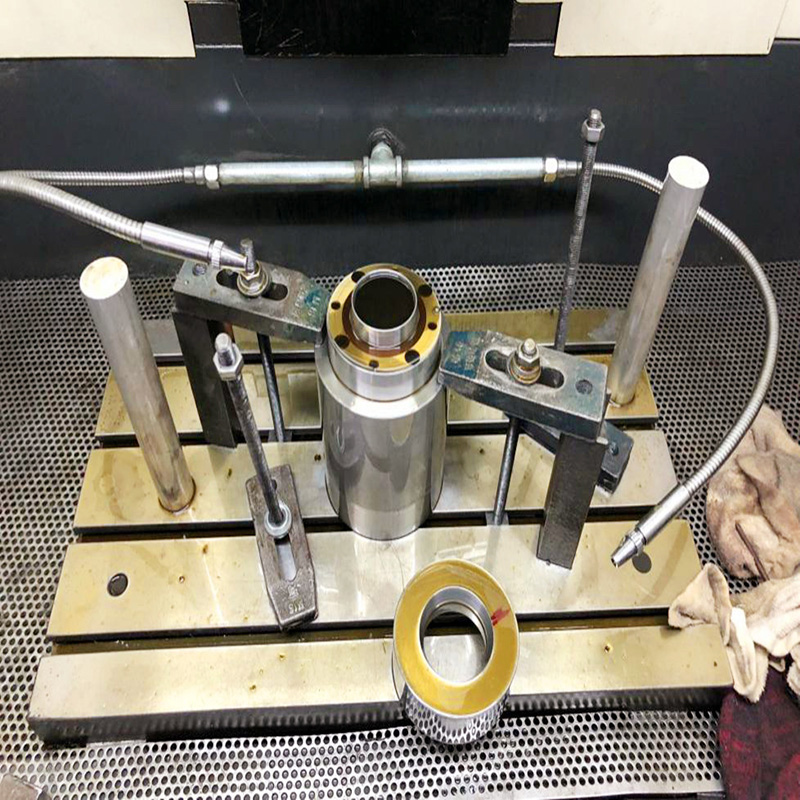
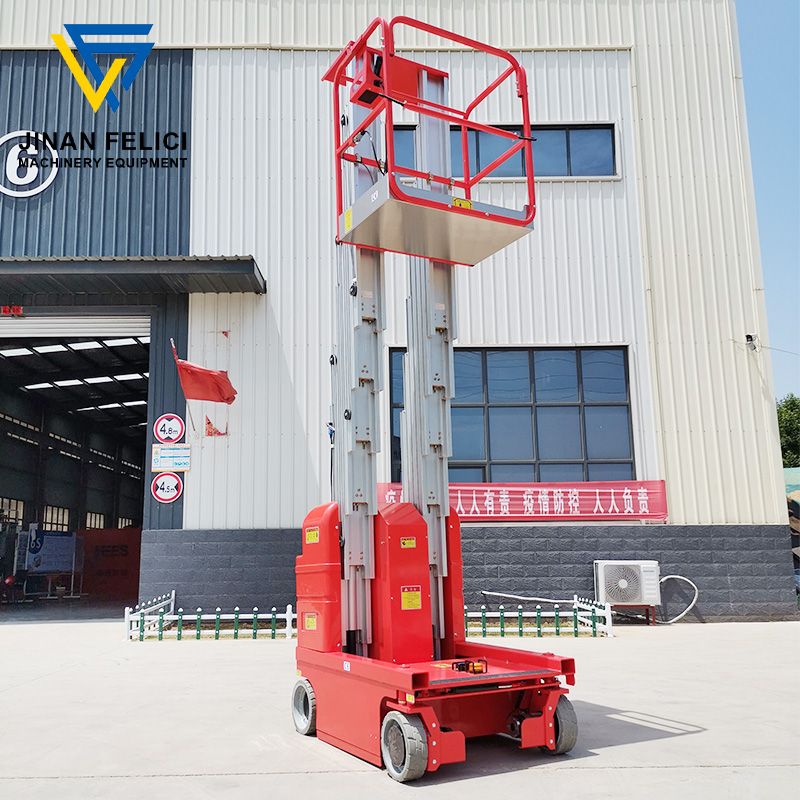
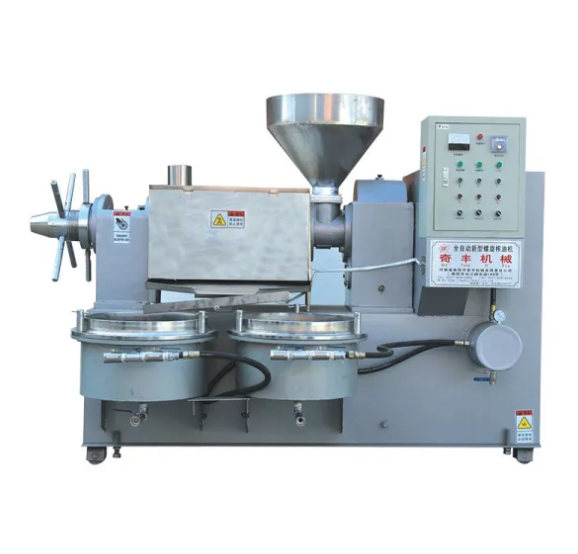
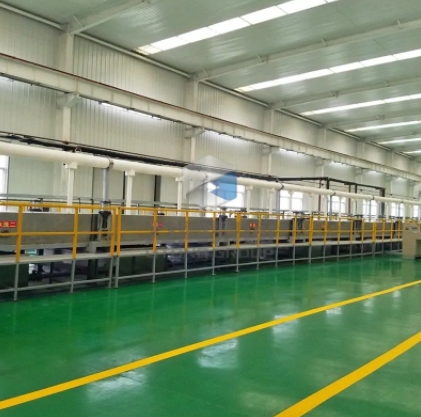
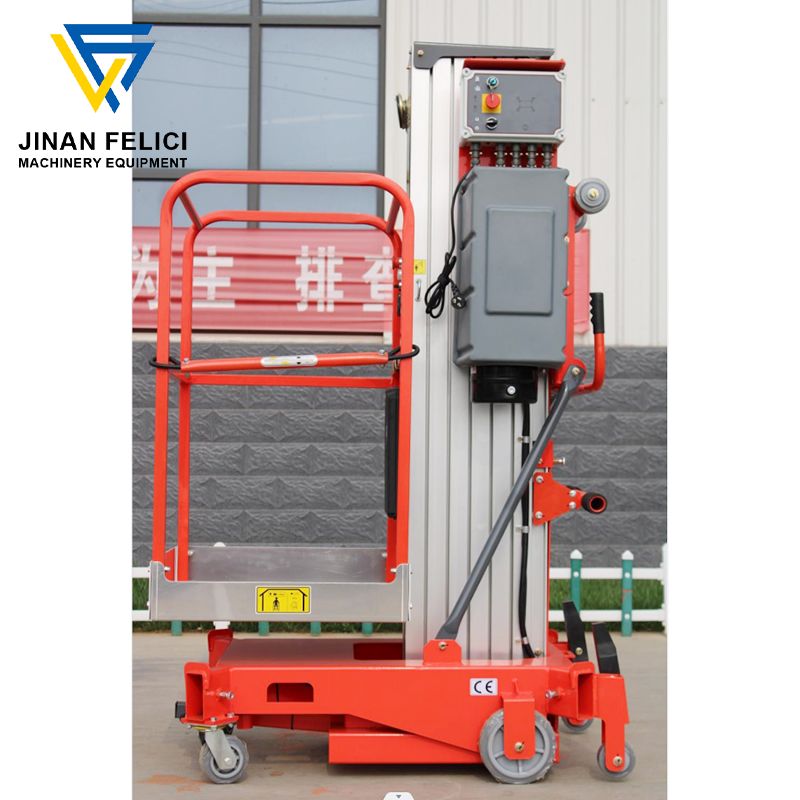
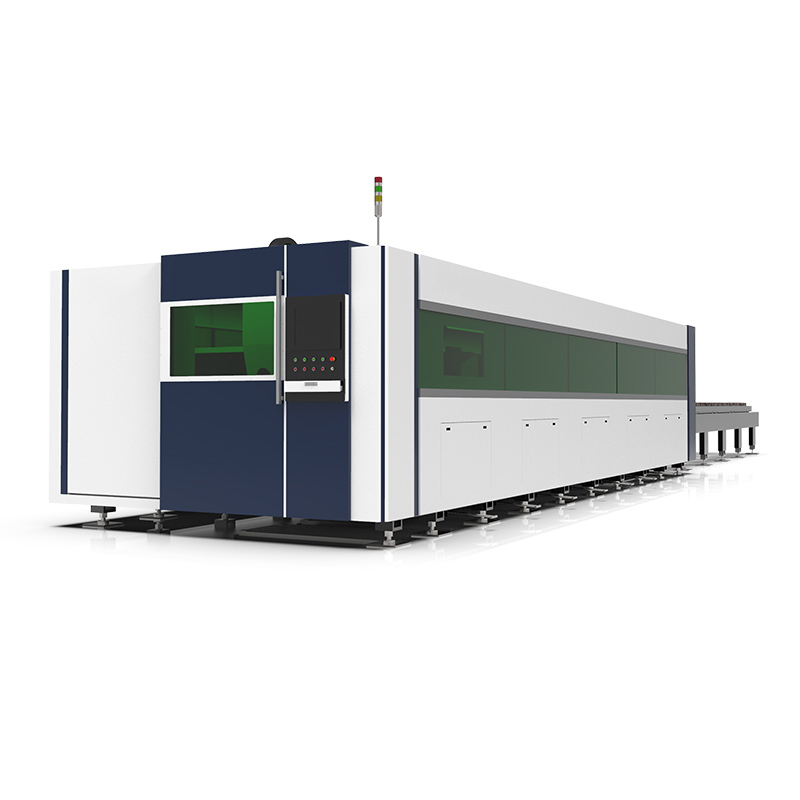
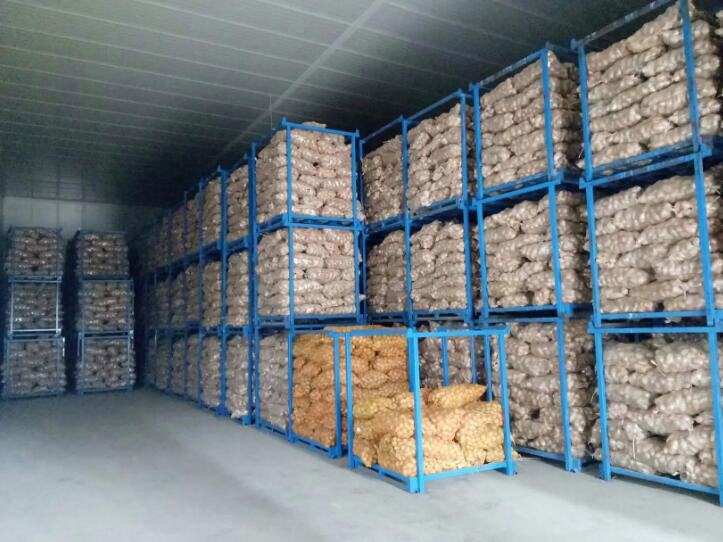
Comments
0